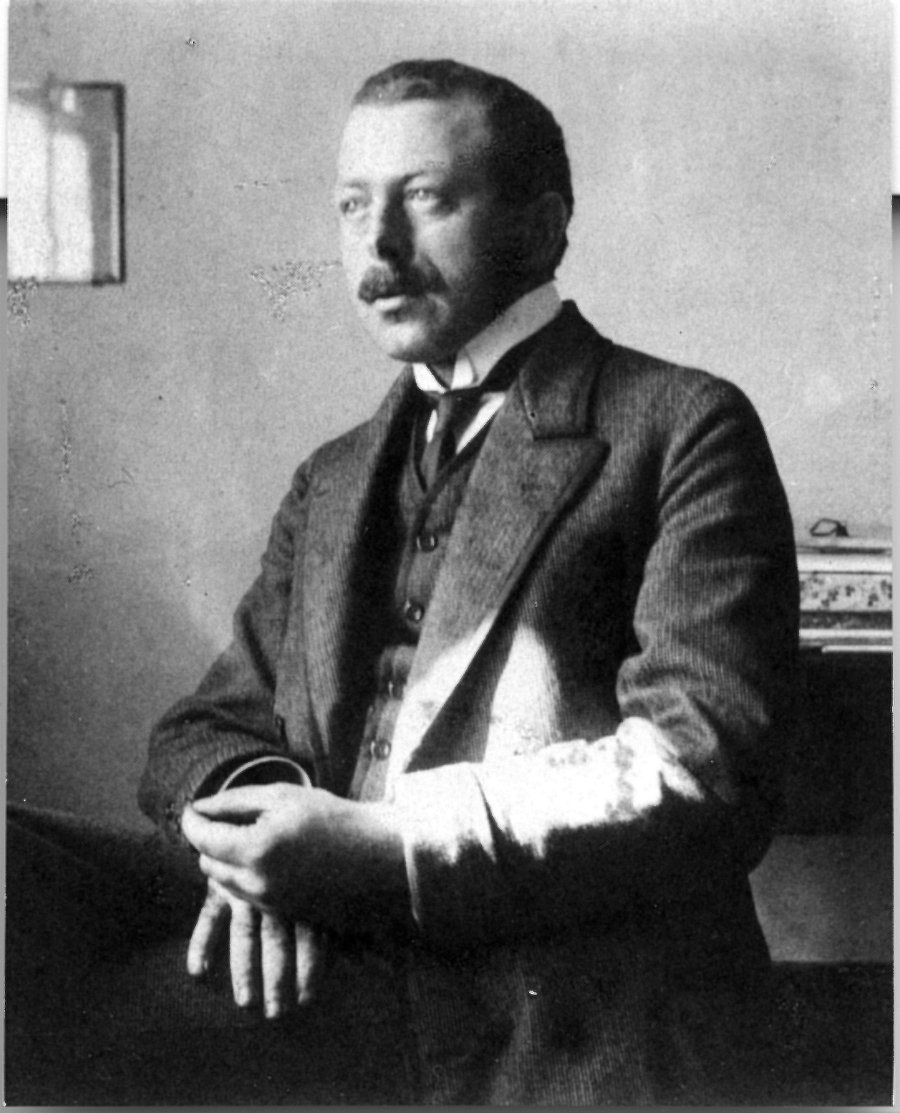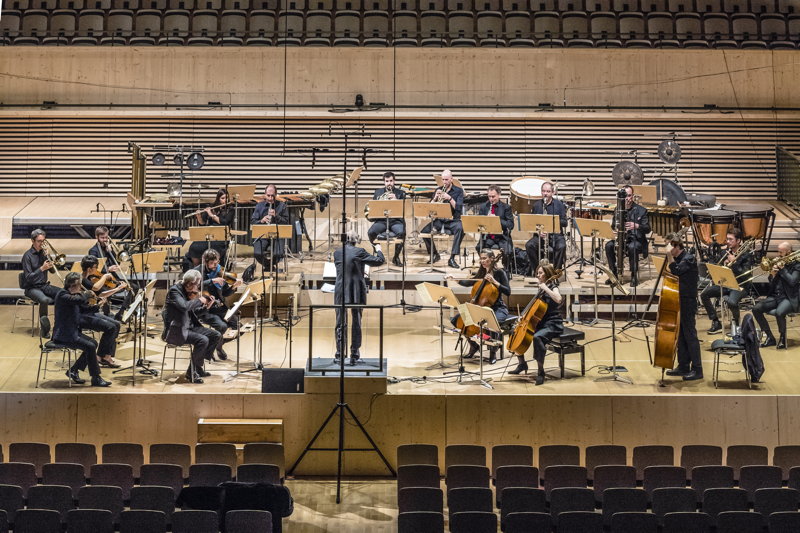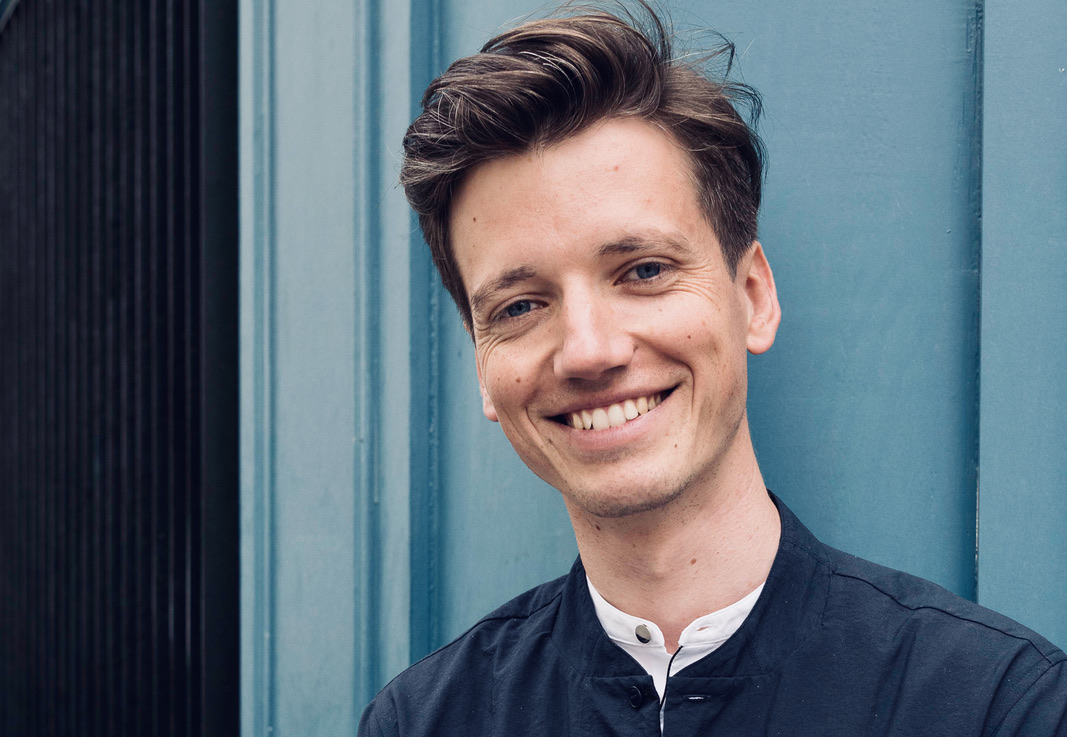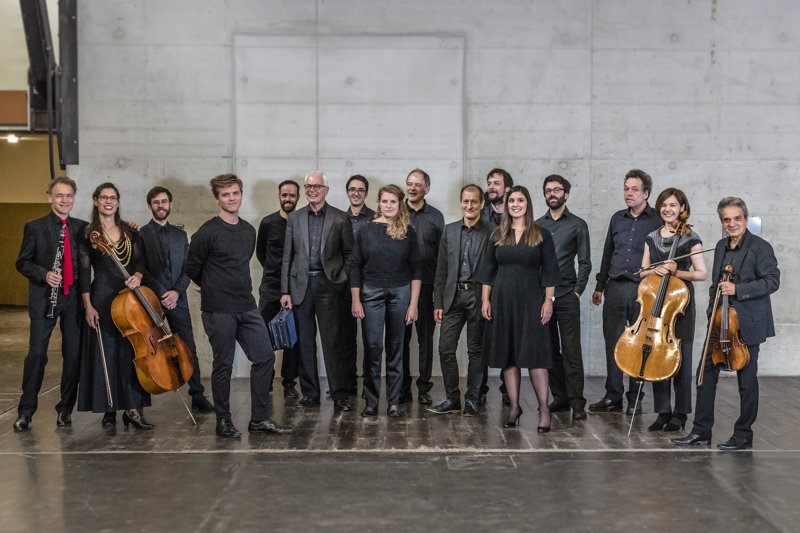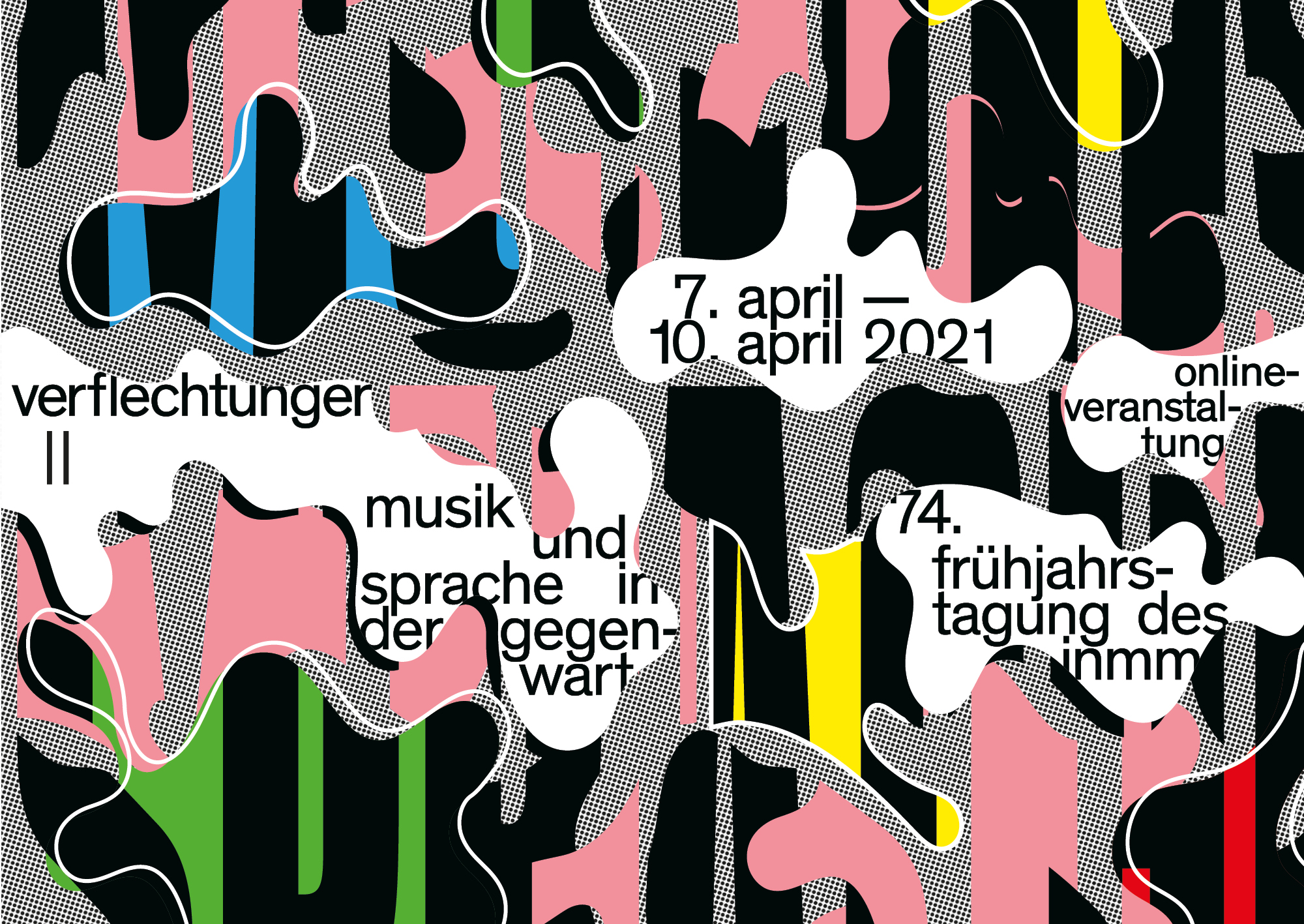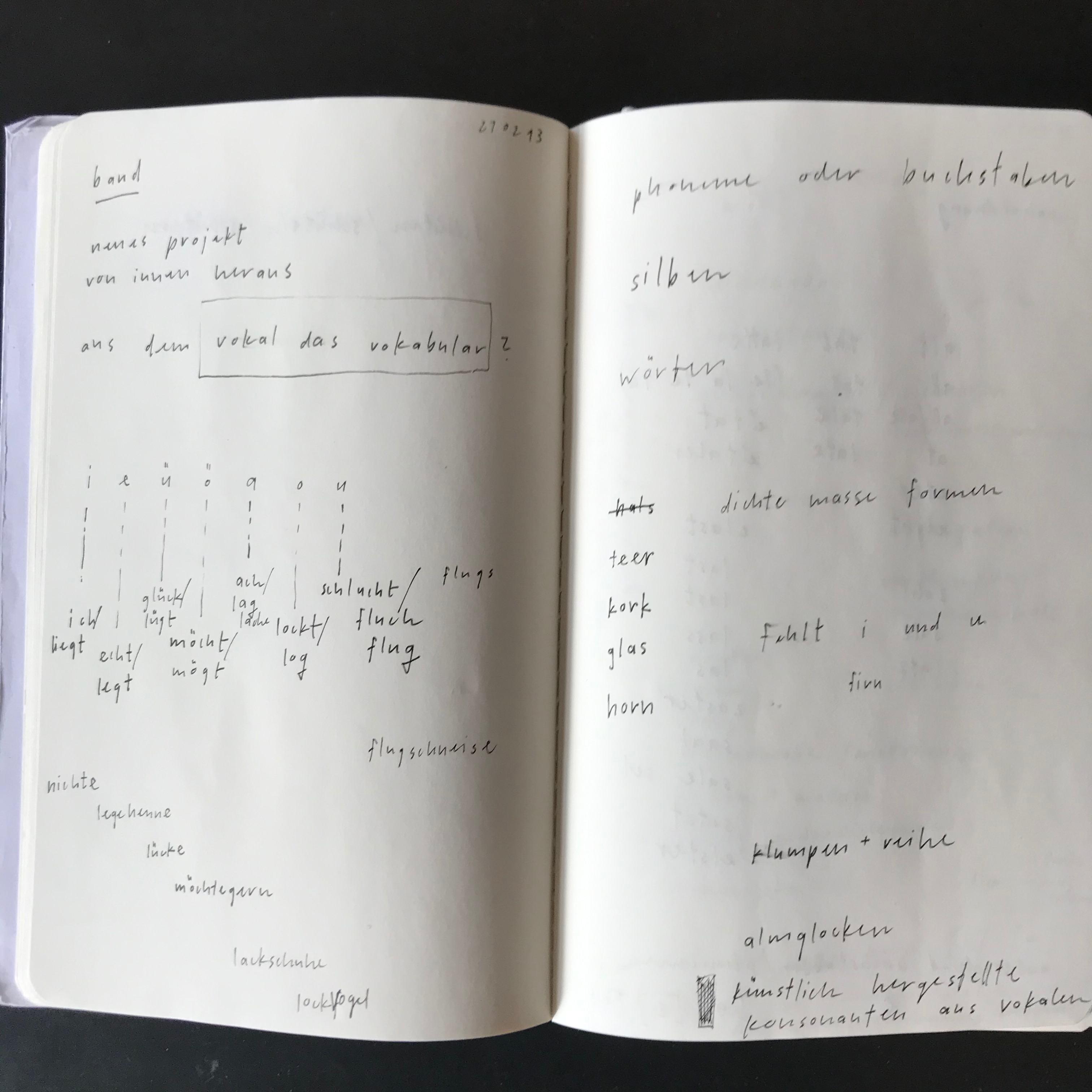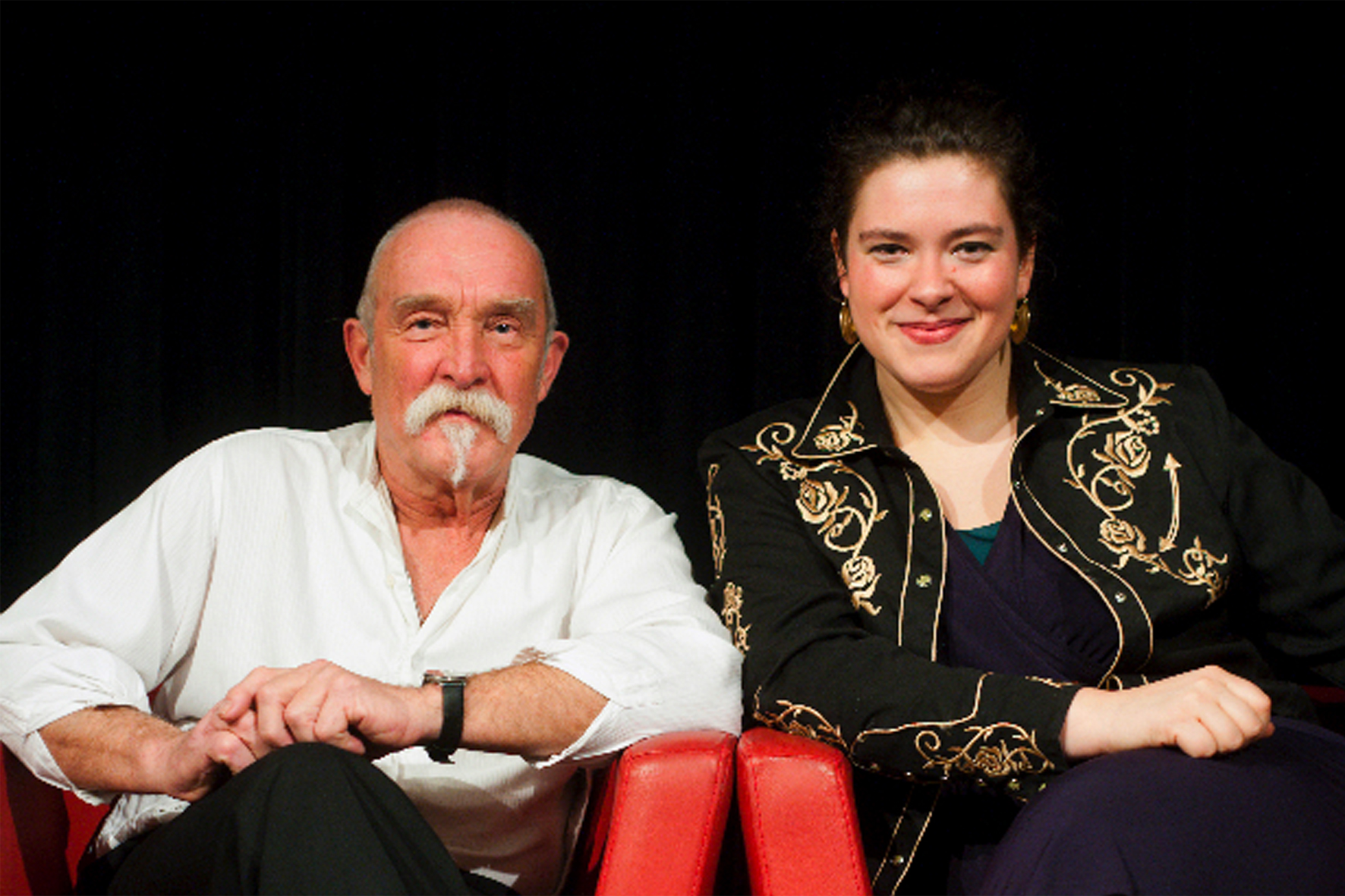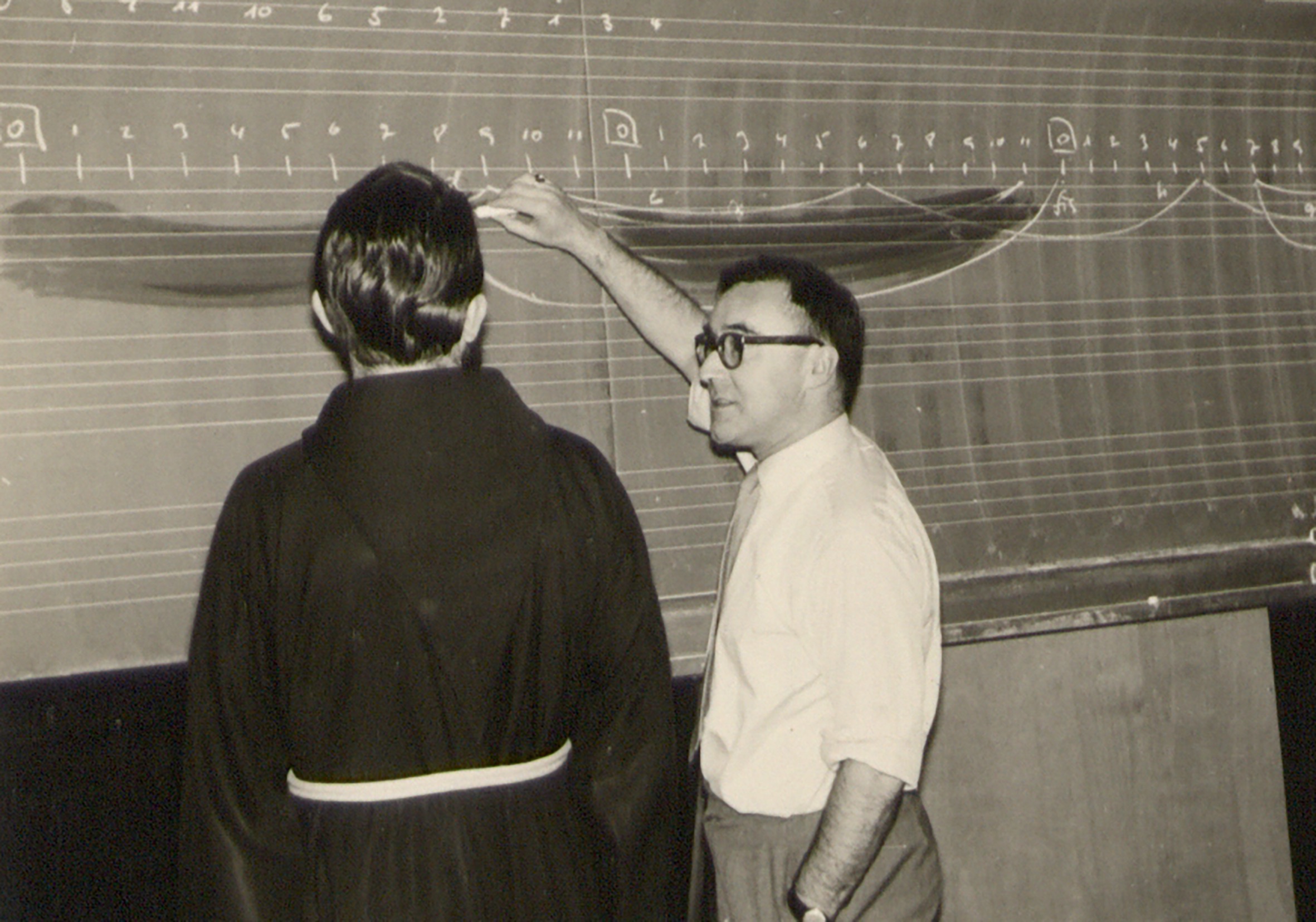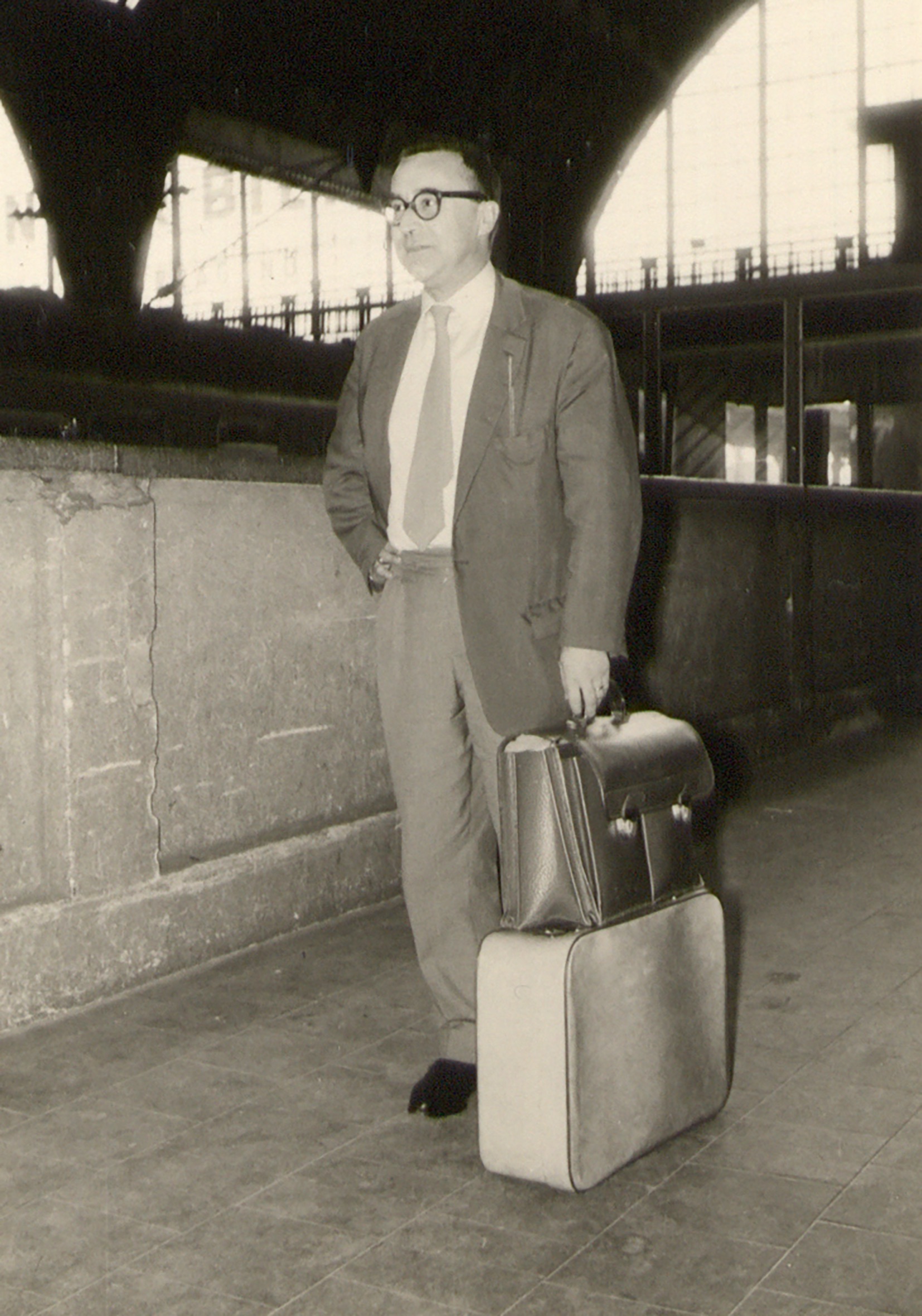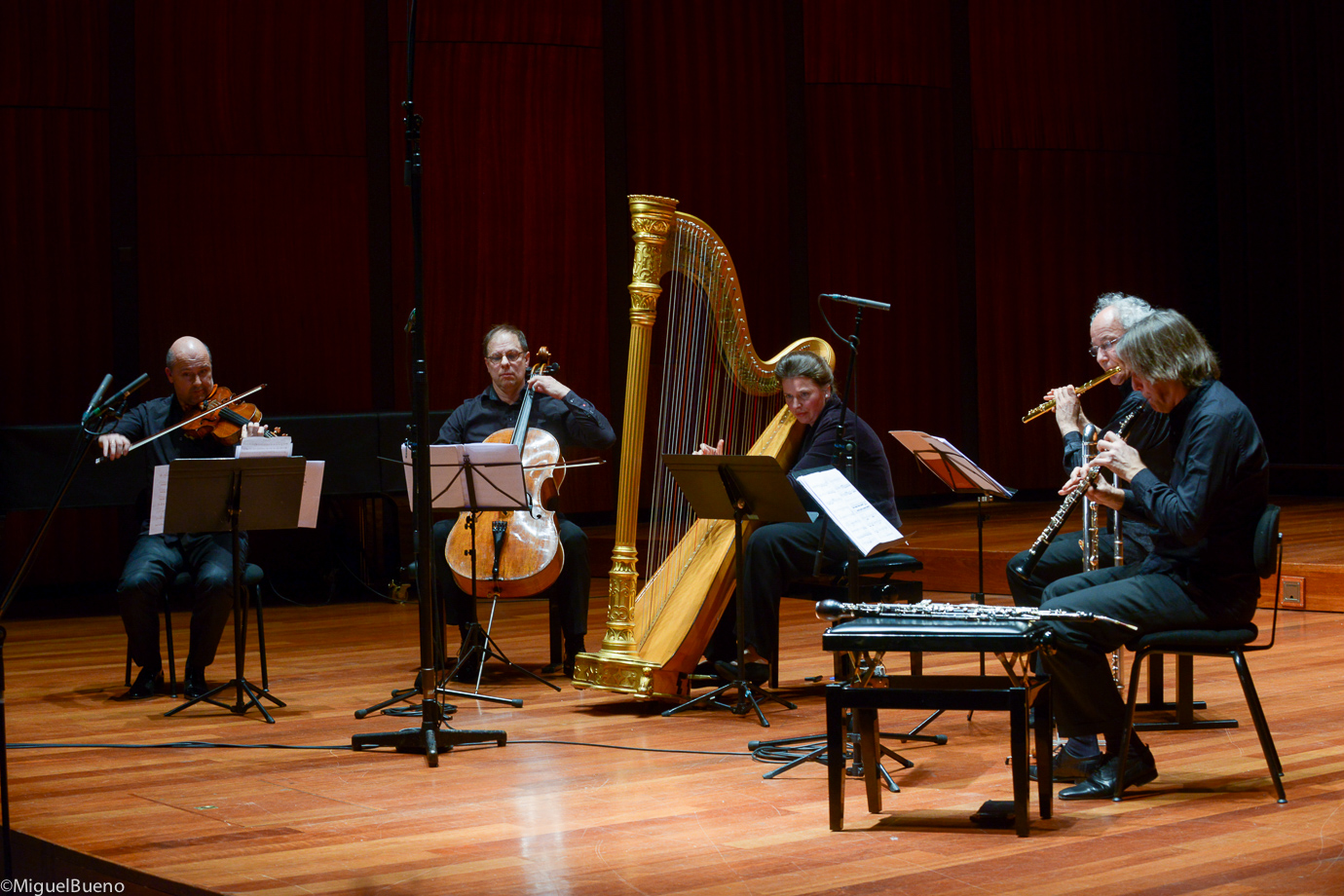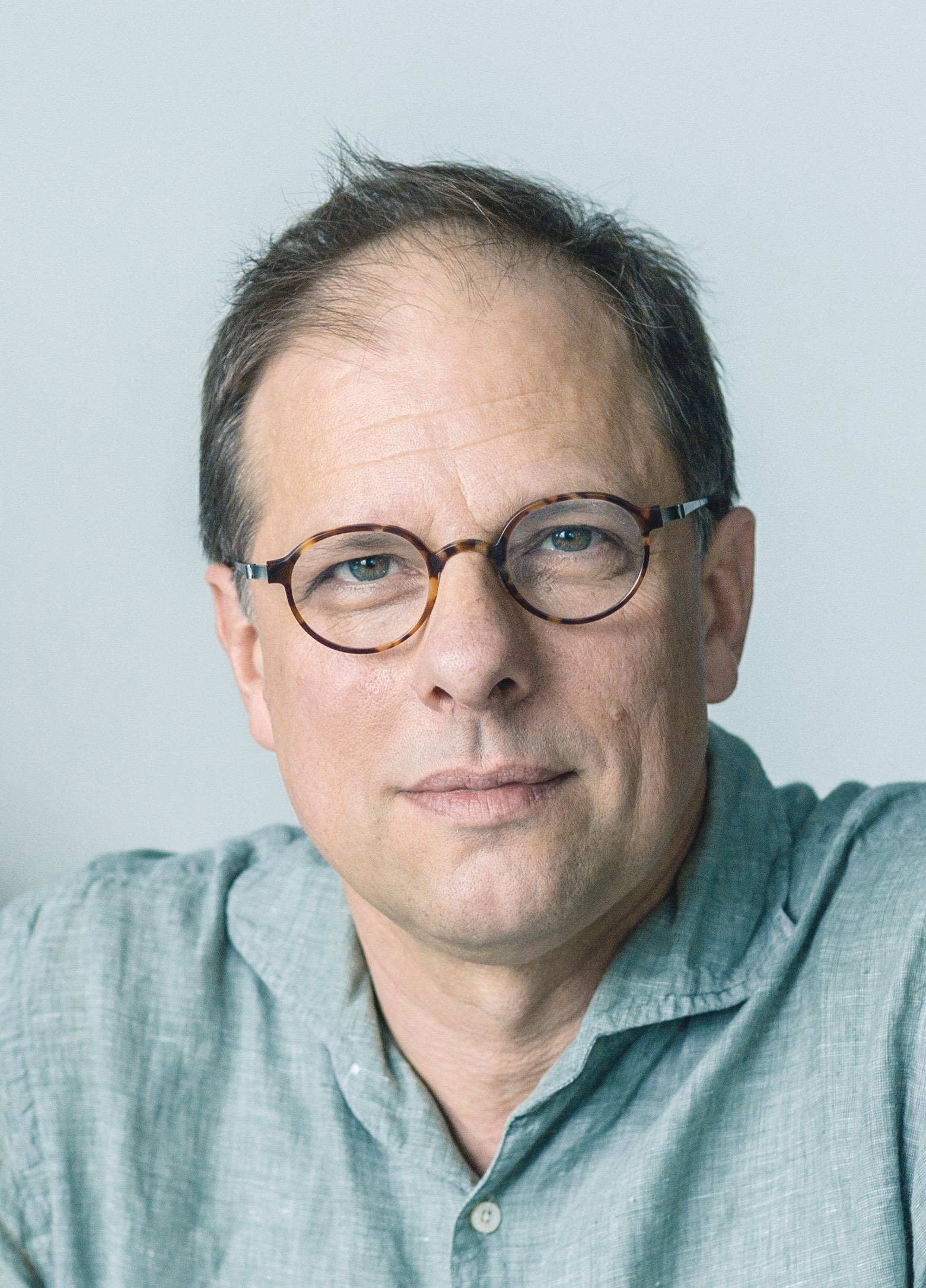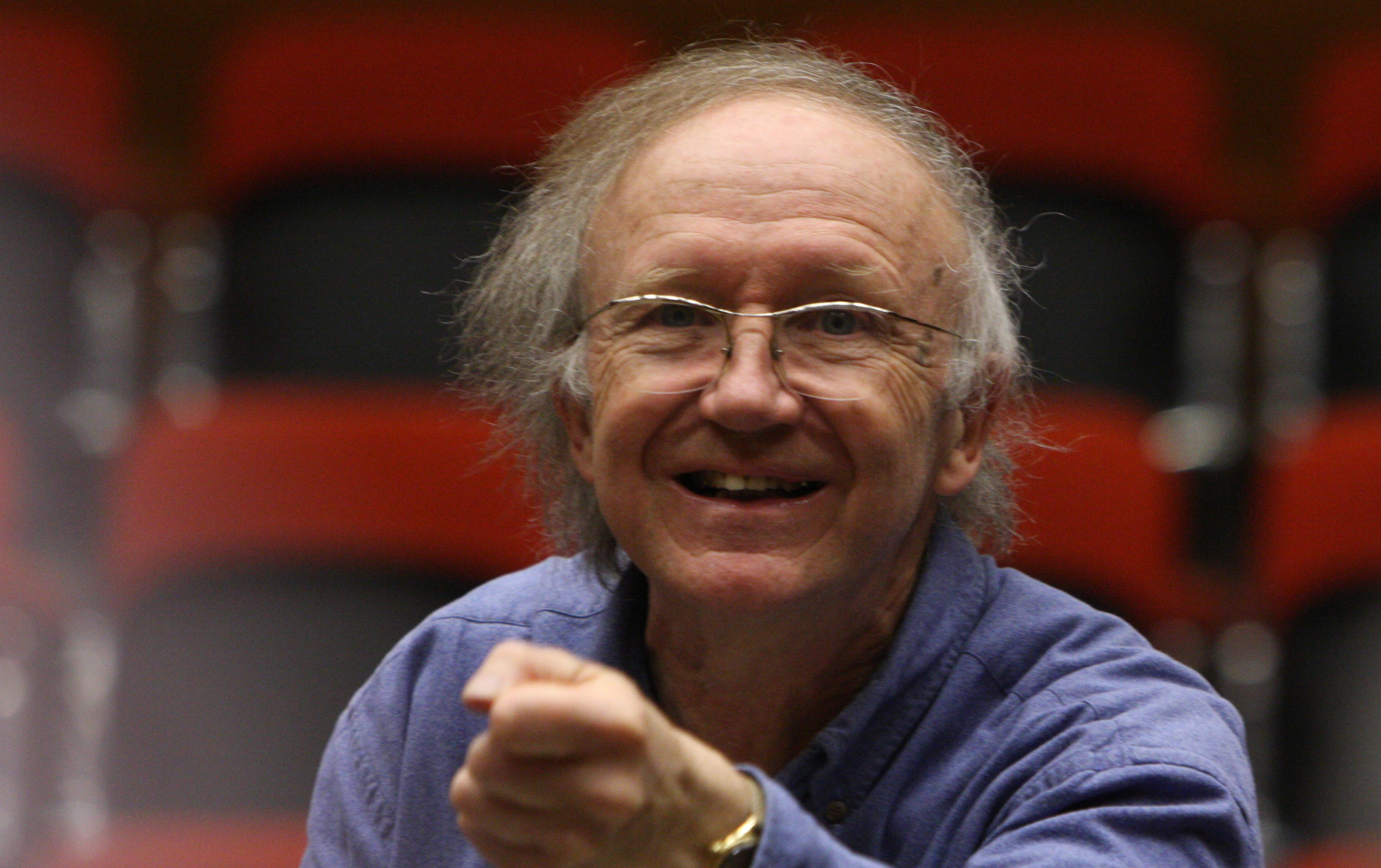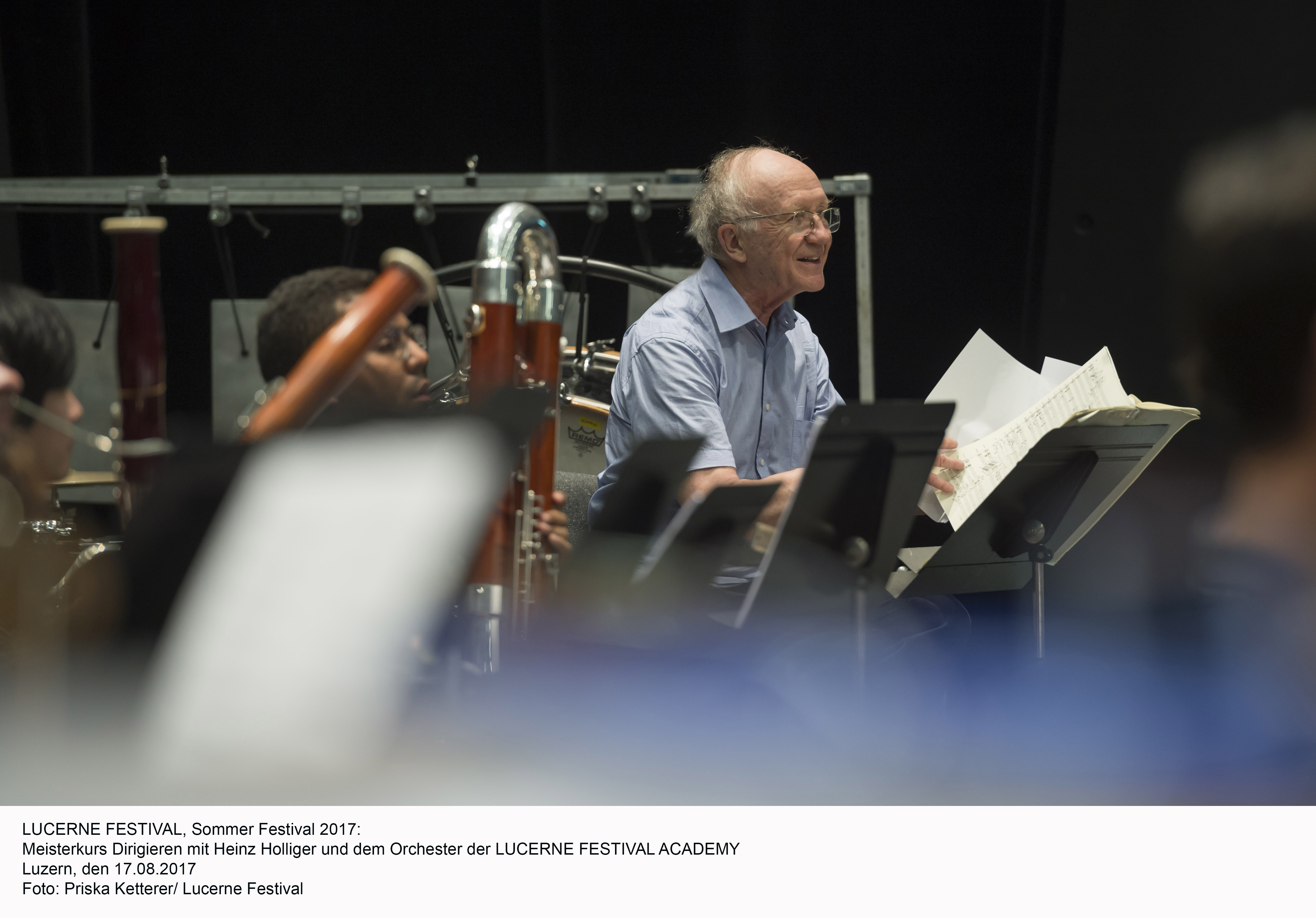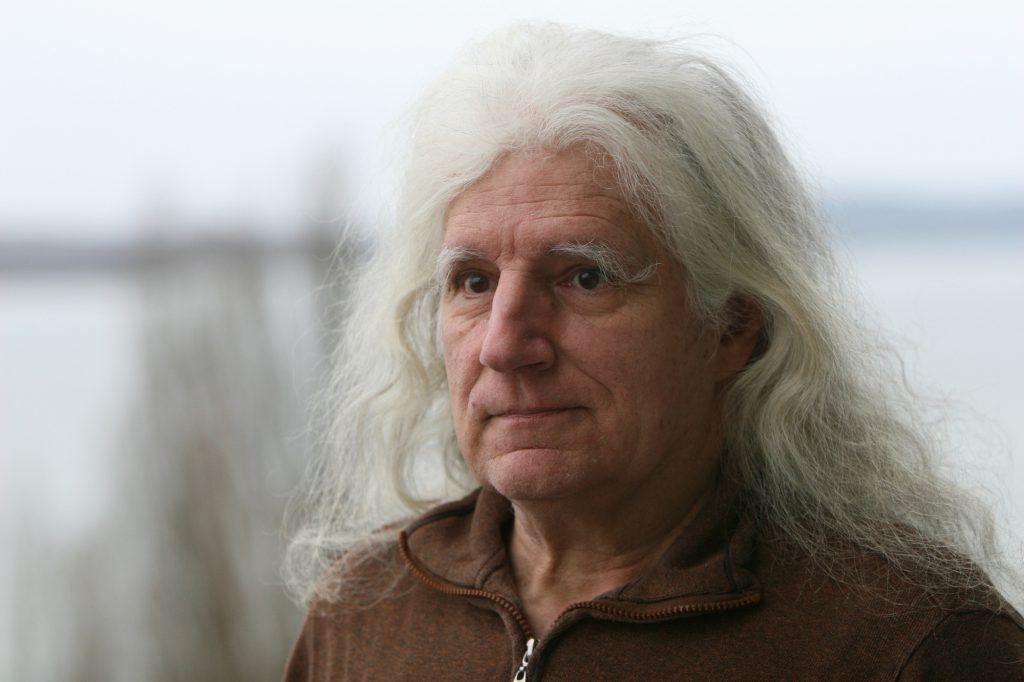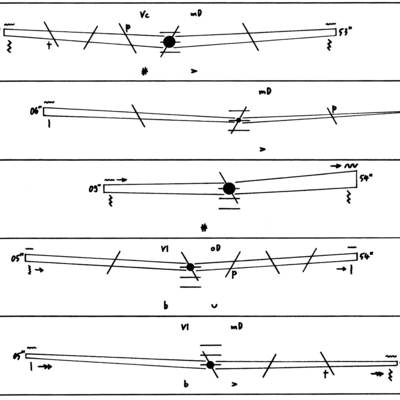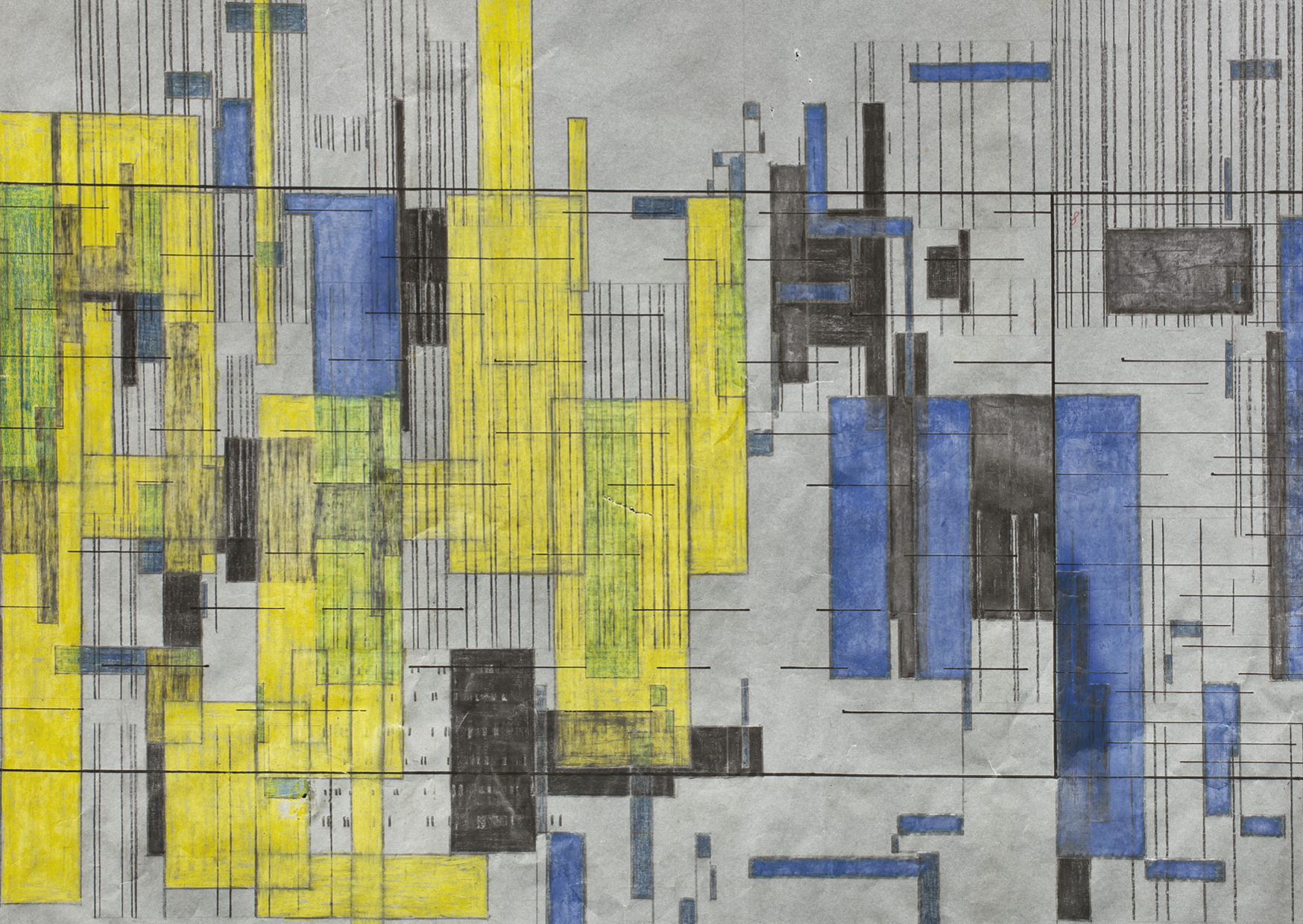Friedemann Dupelius
“You really have to be a poet to live in the north,” says Cosima Weiter and laughs out loud. She must know what she’s talking about, having travelled to the far north of Europe several times with enjoyment. No wonder, she is also a poet, a sound poet to be precise, “I don’t want to idealise it though” she points out. She still identified a special mindset when travelling to the northern regions of Finland and Norway to prepare the scenic Kaija Saariaho evening Nord with Ensemble Contrechamps. Together with video artist Alexandre Simon, Cosima Weiter captured not only images and sounds, but also impressions of the people living where Nord will be set. “If you live in a big city and meet someone you don’t like, you just move on to the next person. But finding yourself where so few people live, you have to make an effort and try understand the others. Thus, being far away from everything means being open,” she explains.
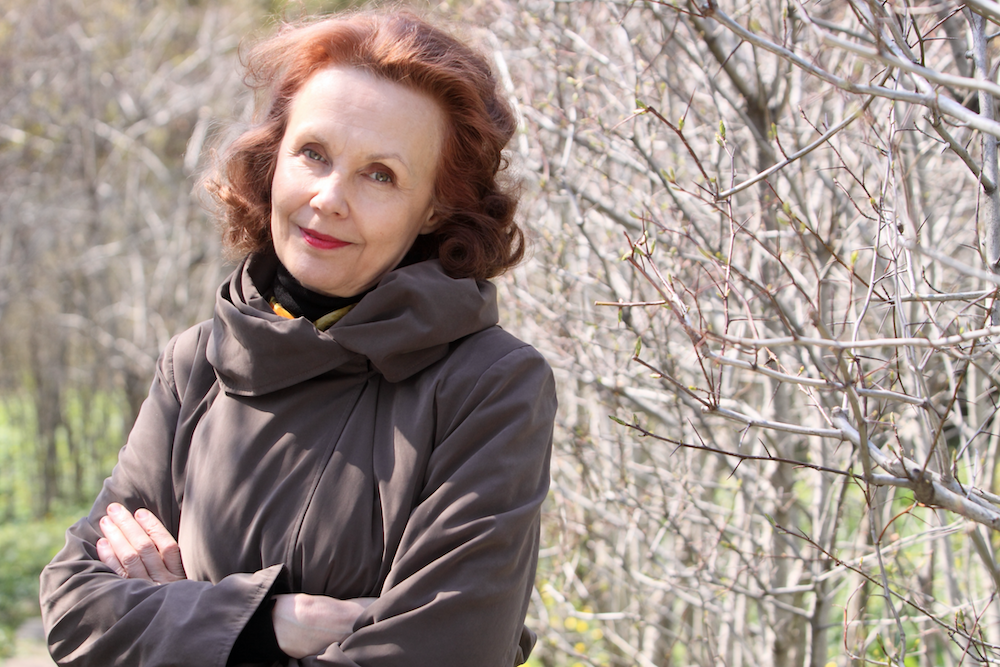
Nord is about a woman who sets out to wander from Finland to the very place where one is far away from everything: the north. During this thoroughly romantic undertaking, she meets different people who react differently to her. Some are envious, others admire her and one is even heartbroken. “I actually wanted to tell the story in a feminist way,” says Cosima Weiter, “pointing out that it’s not easy for a woman to wander alone. But when I was in the north, I had to discard that as everyone is the same there. Nobody cares if you are a woman, you can do whatever you want. This is something we’re not familiar with here in Central Europe.”
Time, Space, Sound
A Finnish woman who has been doing and composing what she wants for decades is Kaija Saariaho. Her music is at the centre of the scenic narrative, embodied by three actors in front of a large screen. “It was very important for us to respect Saariaho’s music and give a large space, not cutting it short.” Four of Saariaho compositions form the musical basis for the plot, Nocturne (1994) in the version for solo viola, Aure (2011) for cello and viola, Petals (1988) for cello and electronics and Fleurs de neige (1998) in its version for string quartet. Around the slow, cautious music, a soundscape opens that Weiter and Simon, together with Lau Nau and Bertrand Siffert, have created from their own recordings and sparks of other music. “There are three things that interest me in music and poetry: Time, space and sound,” says Cosima Weiter, “and in Saariaho’s music I find them all.” In Nord, the sound poet lends her voice to the protagonist, rendered disembodied through loudspeakers.
You really have to be a poet to tell stories about the North.
Kaija Saariaho, Graal Théâtre, Contrechamps, In-house production SRG/SSR 2009
Nuit de l’électroacoustique
Contrechamps will spin a completely different tale on March 19, when the ensemble invites to its first Nuit de l’électroacoustique. It was almost cancelled due to supply issues, as the renovation of the post-industrial premises, where Contrechamps is due to move to, could not be completed in time. Les 6 Toits on the Geneva ZIC site was supposed to be inaugurated with the Nuit. Luckyly, exile was found at short notice in Pavillon ADC, a centre for contemporary dance in Geneva. The Geneva subculture club Cave 12, which presents the Nuit de l’électroacoustique together with Contrechamps, was also involved its curation and organisation from the beginning. The fact that Pavillon ADC is now also part of the event, will most probably lead to a more diverse audience.
Heinz Holliger, Cardiophonie, Contrechamps, Oboe: Béatrice Laplante, In-house production SRG/SSR 2018
“Parts of our regular audience will certainly be more familiar with Heinz Holliger,” is what Serge Vuille, artistic director of Contrechamps, supposes. Holliger is represented with Cardiophonie for oboe and electronics. “Other people from the electronic music realm, will rather come for Phill Niblock, Jessica Ekomane or Beatriz Ferreyra, for example.” These two last-mentioned names, already cover a wide range. On one hand, a young artist who has been drawing attention since a few years with astute performances, for example recently at the MaerzMusik Berlin festival – on the other hand, the 84-year-old pioneer who already worked with Pierre Schaeffer in the 1960s. “We want to make connections,” says Serge Vuille, “for example between purely electronic music and organic instruments in combination with electronics, or between new and old tools, who knows, maybe Beatriz Ferreyra will bring old tape machines?”
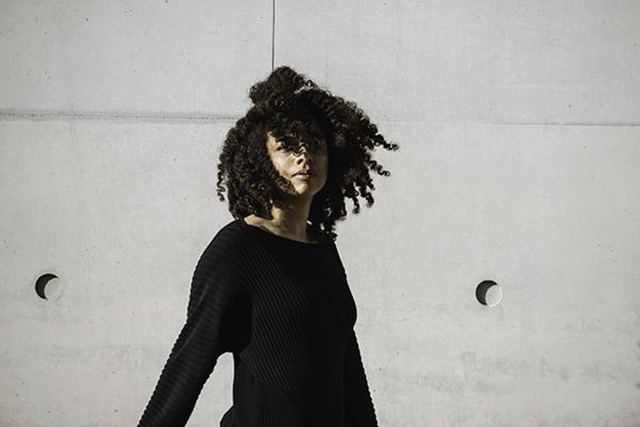
Casualness and Focus
For the curatorial collective of Contrechamps and Cave 12, the goal is not only to mix old and young, but also international headliners with local acts from the independent Geneva scene. The latter is represented with performances by Salômé Guillemin and d’incise. In addition, three new pieces have been commissioned to a smaller version of the Contrechamps Ensemble plus live electronics, a reminiscence of the IRCAM school, as Serge Vuille points out.
d’incise, Le désir certain, 2019 (Insub.records & Moving Furniture Records)
The Nuit de l’électroacoustique is intended to casually generate a focused listening experience. The audience can walk around freely, “we want to prove that – whether sitting or not – one can enjoy electronic music in a focused way.” The public can even take a break from the five-hour programme at the bar, or walk around the virtual reality installation by Raphaël Raccuia and Nicolas Carrel, which invites to discover the future, because that is what electronic music has been about since the beginning.
Friedemann Dupelius
Contrechamps in spring 2022:
Nord: 7.-20.2., Le Grütli, Geneva
Nuit de l’électroacoustique: 19.3., 19-24 Uhr, Pavillon ADC, Geneva
Contrechamps, Cosima Weiter & Alexandre Simon, Kaija Saariaho, Beatriz Ferreyra, Jessica Ekomane, Phill Niblock, Le Grütli, Pavillon ADC, Cave 12
radio-features SRF 2 Kultur:
Musik unserer Zeit, 9.10.2019: Johannes Knapp und Serge Vuille – zwei junge Querdenker am Ruder, editors: Theresa Beyer / Moritz Weber (in German)
neoblog, 19.6.19: Ensemble Contrechamps Genève, expérimentation et héritage, Interview with Serge Vuille by Gabrielle Weber
neo-profiles:
Contrechamps, Heinz Holliger, d’incise, Serge Vuille


